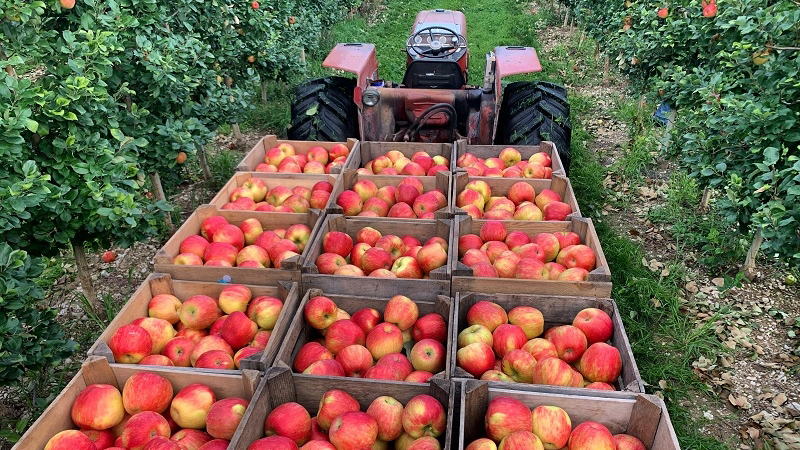How Mineral Nutrition Can Impact Radishes Grown Indoors

While spring radishes are traditionally a field-grown crop, their short production time, high planting density, and performance in cool air temperatures make them an attractive candidate for controlled-environment agriculture. In our first article, we covered the importance of cultivar selection and highlighted some radish cultivars with good greenhouse performance. However, cultivar selection is only one piece of the production puzzle.
Managing mineral nutrition is important for food crop production, whether in mineral field soilless, soilless substrates, or in hydroponic water culture. Providing adequate mineral nutrient to plants helps realize their yield potential, in addition to keeping fruits and foliage free of deficiency or toxicity symptoms, and helps maximize their appearance and marketability. In trying to determine how to fertilize radishes grown hydroponically, in trays with soilless substrate and subirrigation, we couldn’t successfully translate the recommendations for field-grown radishes in pounds of nitrogen per acre to parts-per-million (ppm) nitrogen in a soilless system in a greenhouse. As such, we designed a study to determine what concentration of fertilizer would be appropriate for growing radishes in a controlled environment.
Materials and Methods
Based on previous research, ‘Crunchy King’ and ‘Red Castle’ were selected based on their performance in cultivar trials. Seeds were sown in 72-cell plug trays filled with a commercial soilless substrate and covered with a light covering of coarse vermiculite. After seeding, trays were moved into a glass-glazed greenhouse with a constant air temperature setpoint of 68°F and a target daily light integral of 12 mol∙m–2∙d–1.
Seeded trays were placed into one of six identical flood tables, with interior dimensions measuring 36 inches W × 72 inches L × 7.4 inches H. Trays were initially hand-irrigated to saturation with clear water immediately after planting. Flood tables were flooded every morning for the first two weeks, and in the morning and afternoon in the third and fourth week. Each of the different flood trays had their own 40-gallon reservoir filled with a solution consisting of tap water amended with 15-5-15 Cal-Mag (Peters Excel; ICL Specialty Fertilizers, St. Louis, MO) to provide one of six fertilizer concentrations: 0, 100, 200, 300, 400, or 500 ppm nitrogen (with corresponding ECs of 0.00, 0.76, 1.52, 2.28, 3.04, or 3.80 mS/cm, respectively).
Four weeks after seeds were sown, data were collected. The diameter and fresh weight of trimmed and washed radishes were recorded, and additional radishes were graded by hypocotyl diameter according to USDA grading standards. Additionally, leaf number, length, and greenness were recorded prior to trimming, to account for producers selling radishes with foliage in bunches.

The ‘Red Castle’ cultivar also had the largest diameter between 200 and 300 ppm N. When the fertilizer concentration increased above 300 ppm N, the radishes were smaller.
Graphic courtesy of Christopher Currey
Effects of Fertilizer Concentrations
At the end of 28 days, we could see clear effects of the fertilizer concentration on the growth of ‘Crunchy King’ and ‘Red Castle’ radishes. For both cultivars, the diameter of radishes increased and were largest between 200 and 300 ppm N (1.52 to 2.28 mS/cm); as fertilizer concentration increased above 300 ppm N, the radishes were smaller. Additionally, the variability in USDA grades of trimmed radishes increased as fertilizer concentration increased above 300 ppm N. We saw very similar results with the fresh weight of trimmed radishes, and yield was greatest at 200 to 300 ppm N. Although plants that were not provided with any fertilizer had fewer and smaller leaves than radishes receiving 100 to 500 ppm N, there were no differences in the number, size, or greenness of radishes receiving fertilizer.
For more and key takeaways, continue reading at GreenhouseGrower.com.









